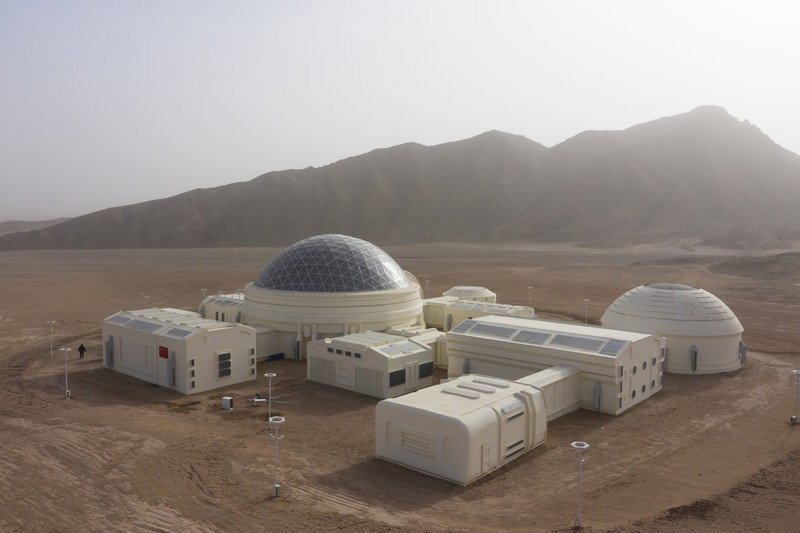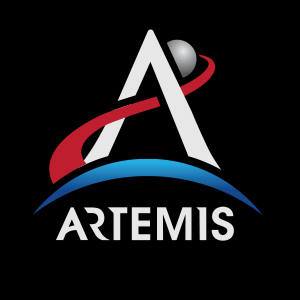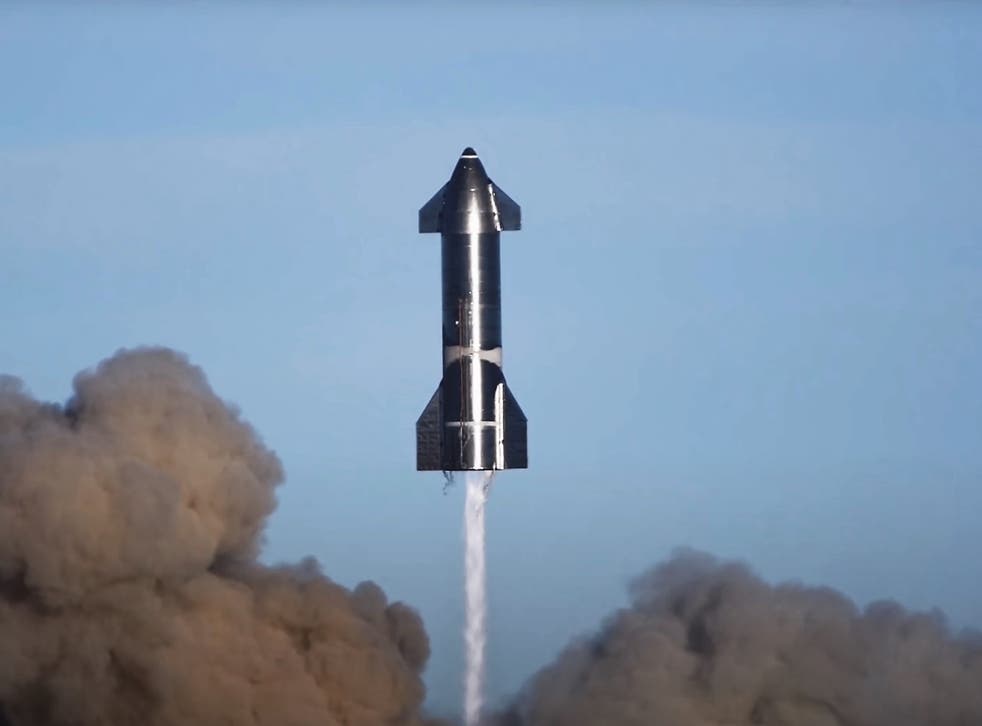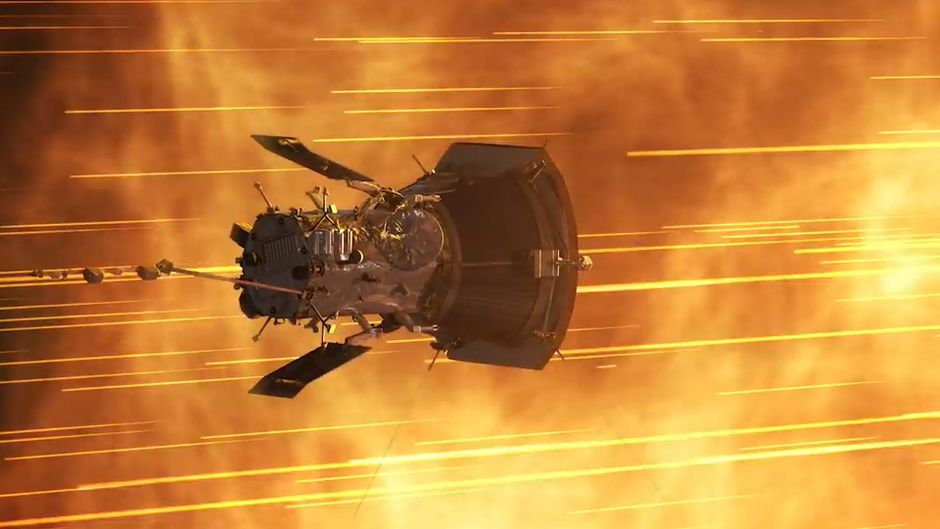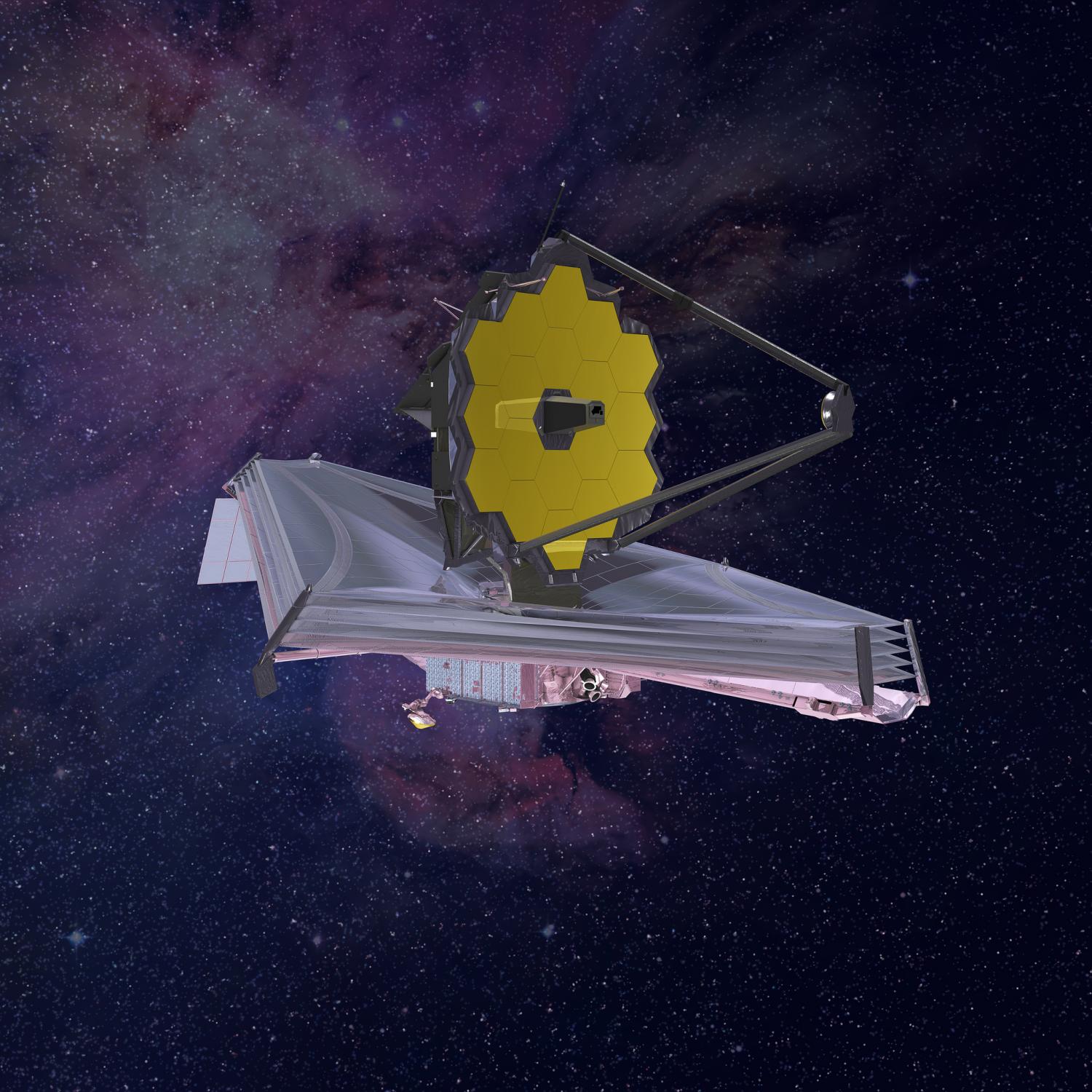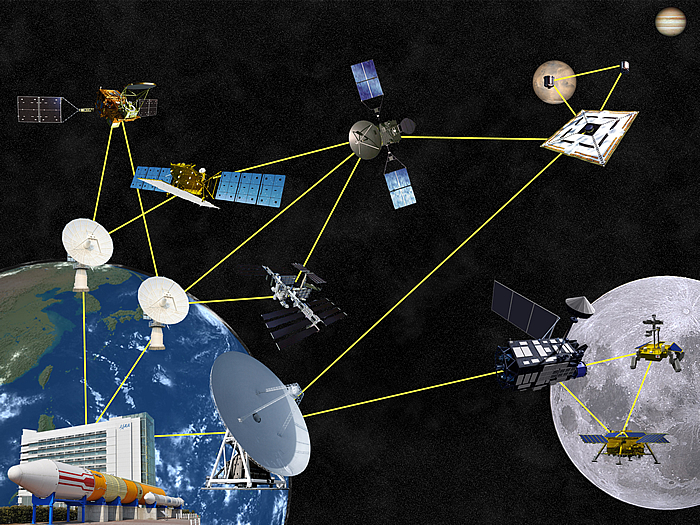The Red Planet: Ongoing Research
In recent years the role of corporate interests in space exploration programs has risen dramatically. Most notable of these is perhaps the US based company SpaceX, whose reusable rockets, such as Falcon 9, have recieved enormous publicity and iare seen by many as a key step towards th next stage of space exploration, making it more sustainable and cheap.
Many space agencies and companies around th globe are focused on sending a manned Marsbound mission in the near future. In preparation, NASA's Perseverance rover landed on the red planet in February 2021, as did China's Zhurong Mars rover in May of the same year. The goals of the Pereseverance rover include identifying ancient Martian environments capable of supporting life, seeking out evidence of former microbial life existing in those environments, collecting rock and soil samples to store on the Martian surface, and testing oxygen production from the Martian atmosphere to prepare for future crewed missions.
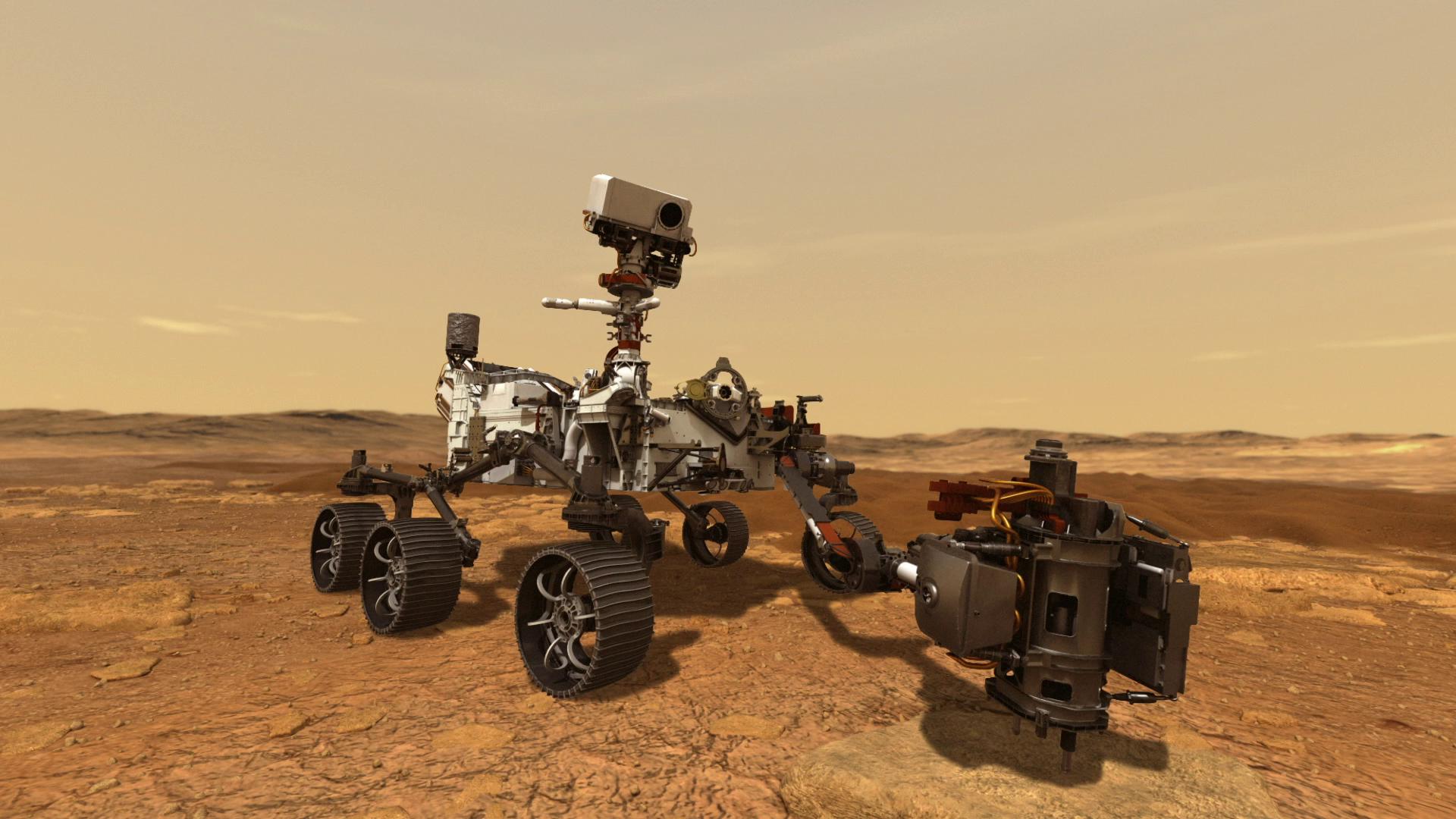
Red Planet vs Pale Blue Dot

Mars and Earth share a number of similarities. They are both terrestrial planet, although the former is much smaller, having a surface area only 28.4% of Earth's. Observations by NASA's Mars Reconnaissance Orbiter, ESA's Mars Express and NASA's Phoenix Lander confirm the presence of water ice on Mars.
However, the surface gravity of Mars is just 38% that of Earth. Although microgravity is known to cause health problems such as muscle loss and bone demineralization, it is not known if Martian gravity would have a similar effect. Due to the lack of a magnetic field, solar particle events and cosmic rays can easily reach the Martian surface. Atmospheric pressure on Mars is far below the Armstrong limit at which people can survive without pressure suits. The atmosphere is also toxic as most of it consists of carbon dioxide (95% carbon dioxide, 3% nitrogen, 1.6% argon. Water on Mars is scarce, with rovers Spirit and Opportunity finding less than there is in Earth's driest desert. The climate is much colder than Earth, with mean surface temperatures between −87 and −5 °C. Global dust storms are common throughout the year and can cover the entire planet for weeks, blocking sunlight from reaching the surface. The Martian soil is toxic due to relatively high concentrations of chlorine and associated compounds which are hazardous to all known forms of life.
Life on Mars?
Conditions on the surface of Mars are closer to the conditions on Earth in terms of temperature and sunlight than on any other planet or moon. However, the surface is not hospitable to humans or most known life forms due to the radiation, greatly reduced air pressure, and an atmosphere with only 0.16% oxygen. Human survival on Mars would require living in artificial Mars habitats with complex life-support systems. One key aspect of this would be water processing systems. Due to the lack of a magnetosphere, the Martian surface is exposed to solar wind and large doses of cosmic radiation, which humans would need to be protected from. Since terraforming cannot be expected as a near-term solution, habitable structures on Mars would need to be constructed with pressure vessels similar to spacecraft.
Terraforming Mars would entail 3 major changes: building up the magnetosphere, building up the atmosphere, and raising the temperature. The atmosphere of Mars is relatively thin and has a very low surface pressure. Because its atmosphere consists mainly of CO2, once Mars begins to heat, the greenhouse gas may help to keep thermal energy near the surface. Moreover, as it heats, more CO2 should enter the atmosphere from the frozen reserves on the poles, enhancing the greenhouse effect.
